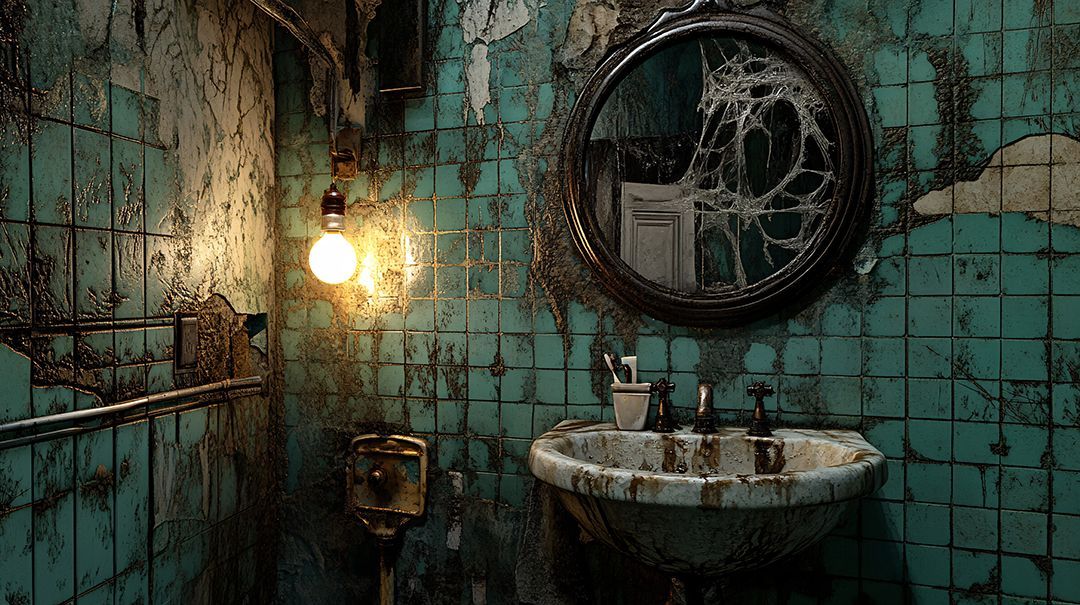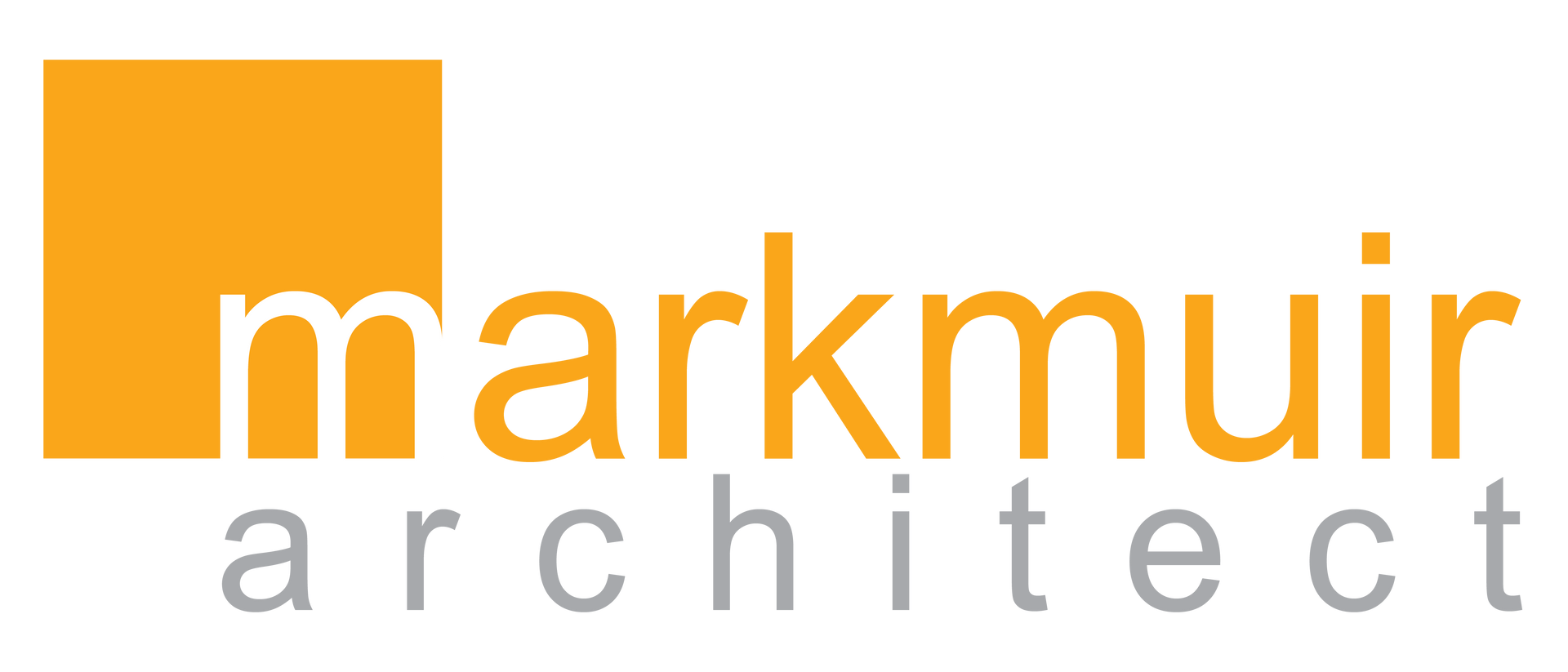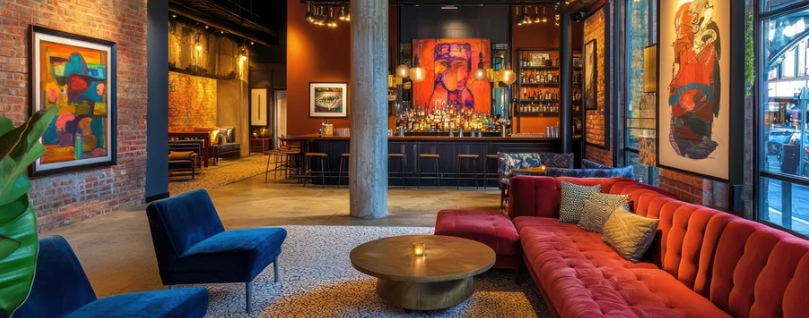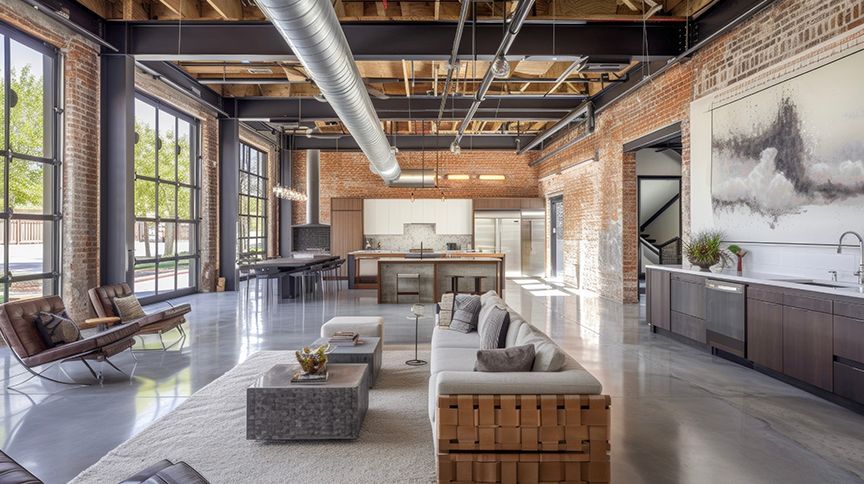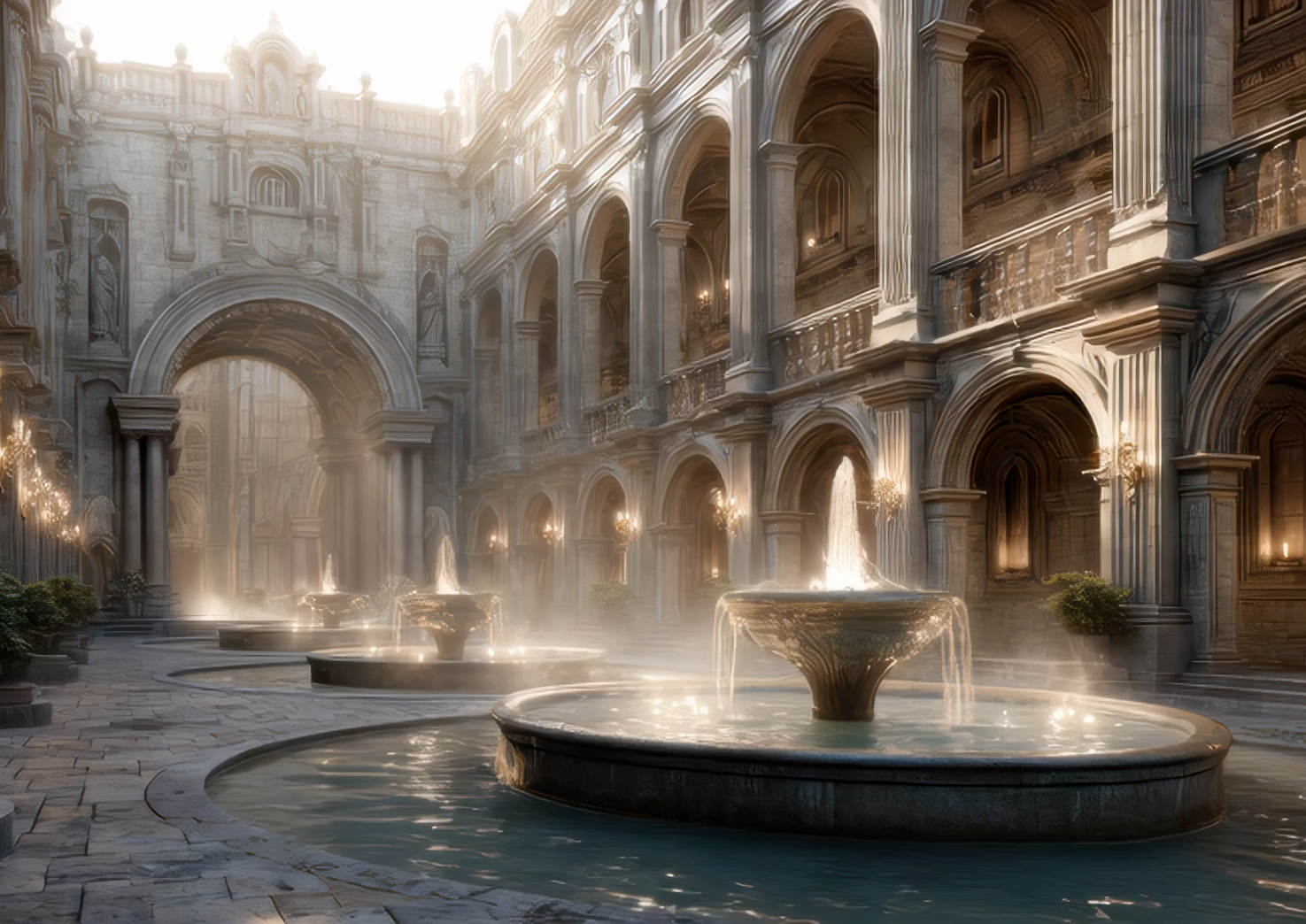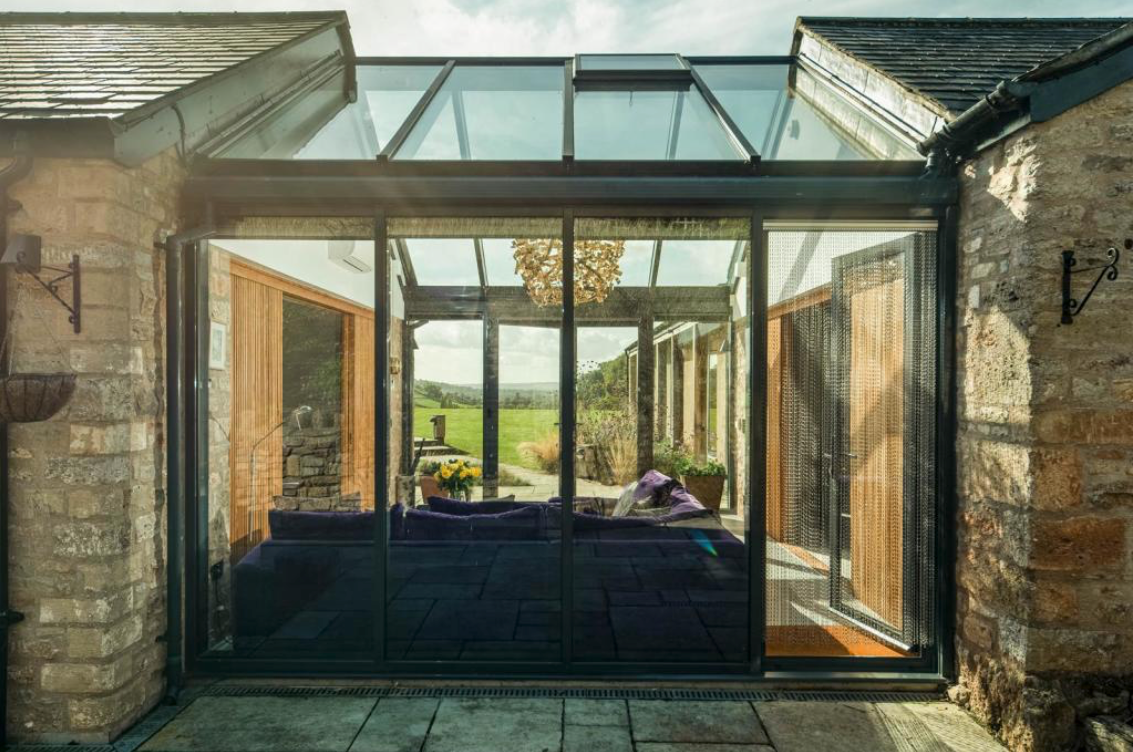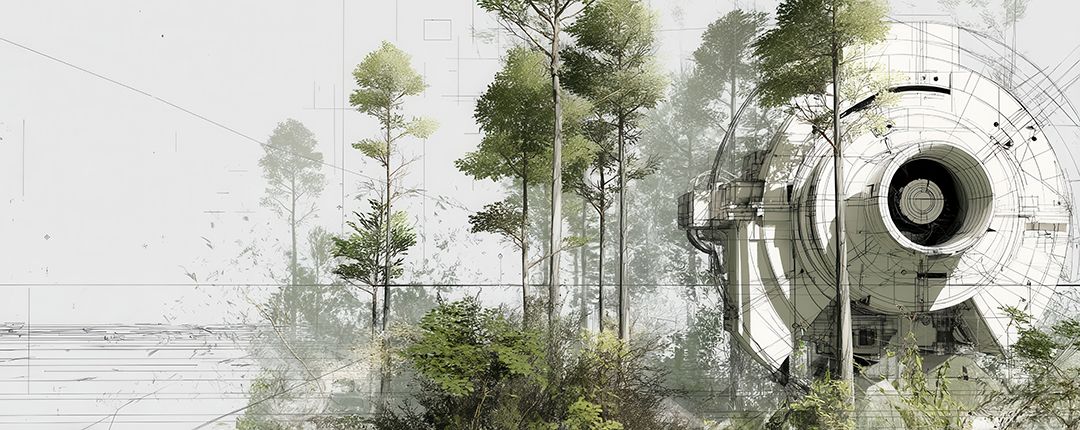What’s Hot In Architecture 2025: No 10:
Health-Centric Urban Planning
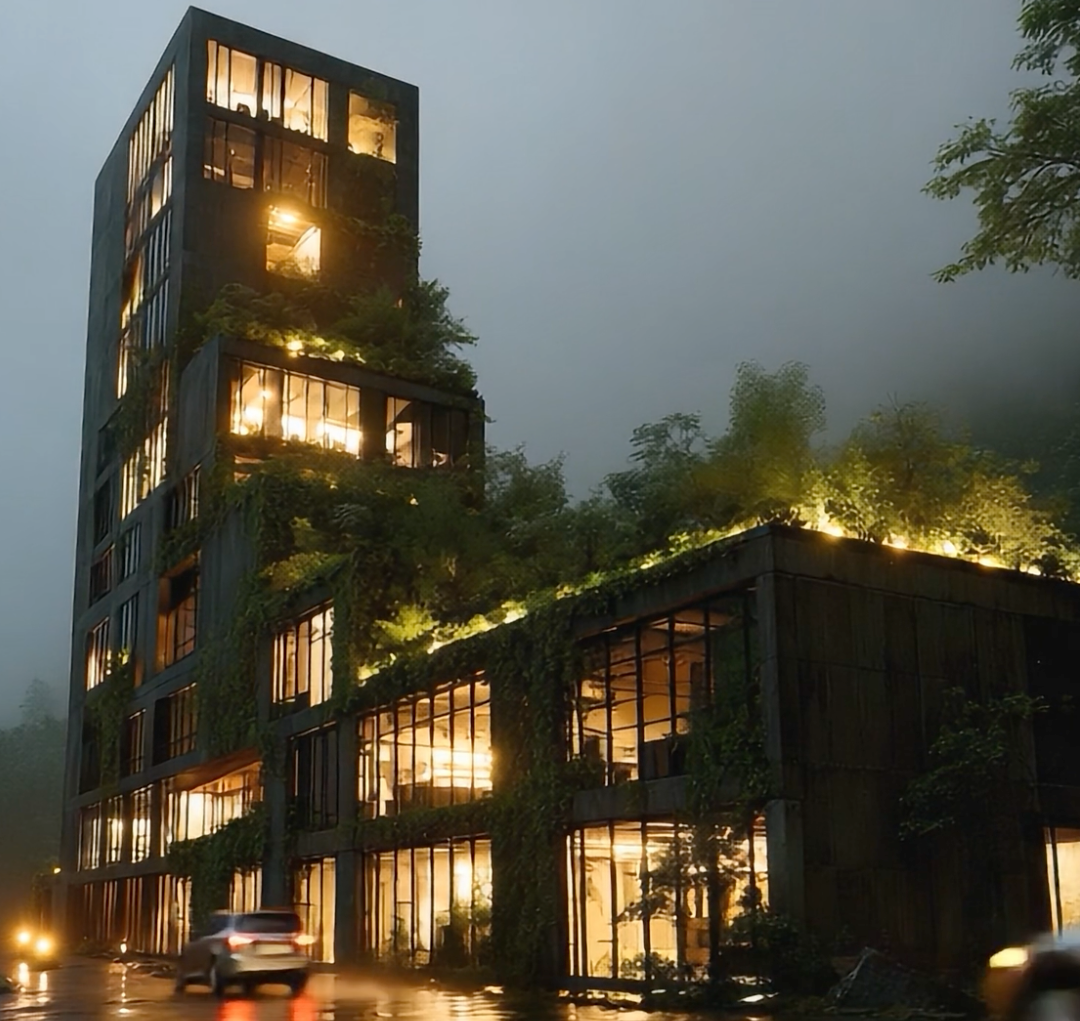
Urban design is no longer just about buildings, roads, and zoning—it’s about people. The latest movement in architecture, Health-Centric Urban Planning, recognises that the way we design our cities profoundly affects our physical and mental well-being. But as with any movement, it’s worth asking: is this the next enduring design philosophy, or simply another aesthetic trend dressed up as ethics?
Designing for Well-being
For decades, cities have prioritised efficiency—grids, density, and infrastructure. The result? Functional but often monotonous environments that can feel alienating. Today’s architects are responding with spaces that reconnect people to nature, encourage movement, and foster community. Think walkable neighbourhoods with tree-lined streets, mixed-use developments that integrate social life, and architecture that blurs the line between indoors and out.
It’s a shift towards design as therapy—buildings that breathe, invite, and restore.
The Question of Authenticity
Yet, there’s a question beneath the optimism: can design alone make us healthier?
Urban well-being depends on more than the form of the city—it’s tied to policy, accessibility, and how people actually live within these spaces. A “green” masterplan means little if residents can’t afford to participate in the lifestyle it promotes. True health-centric design must be both inclusive and authentic, not just beautiful.
Why It Matters to Our Clients
For our bespoke residential and boutique hotel clients, these ideas aren’t abstract—they’re an opportunity.
- For homeowners, it means creating living environments that go beyond sustainability, integrating natural materials, light, and flow to enhance daily well-being. A home that feels restorative, not just efficient.
- For boutique hotels, it’s about crafting spaces that feel grounded and alive—where guests experience calm through thoughtful design, connection to landscape, and sensory richness. Health-centric design isn’t just an amenity anymore; it’s part of what defines true luxury.
The Future: Cities that Heal
As this movement evolves, architecture’s purpose expands—from shelter and style to stewardship. Health-centric urban planning asks us to imagine cities that heal rather than exhaust, and spaces that give back to the people who inhabit them.
It’s a reminder that design is not just about how we see space, but how we feel within it.
Want totalk about you rnew project. Just book a complimentary discovery call and chat your ideas through with Mark.... BOOK HERE
